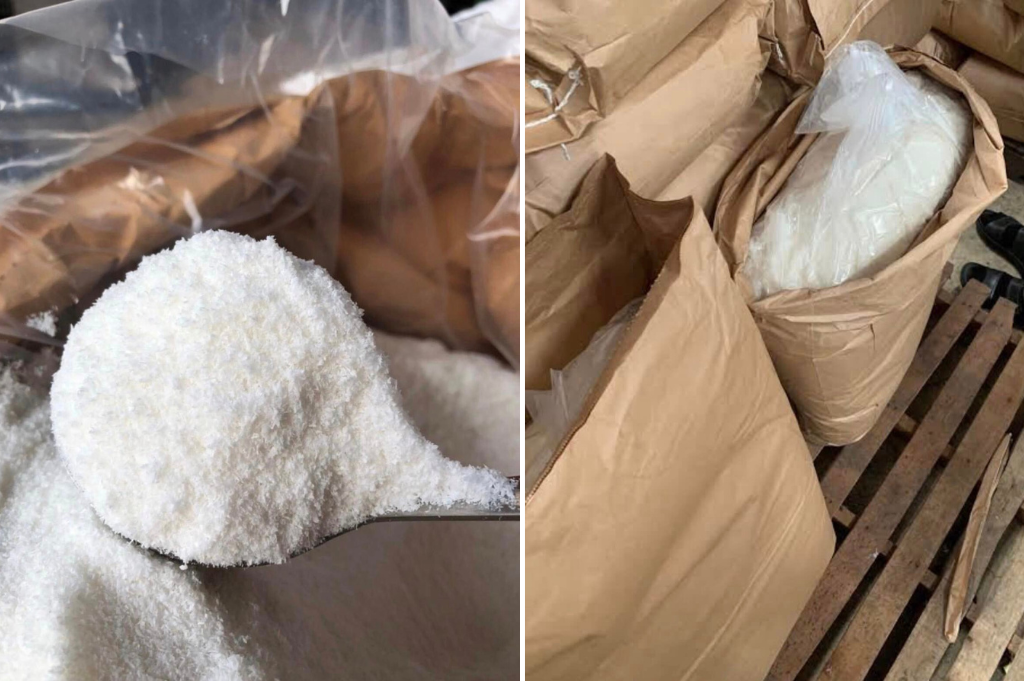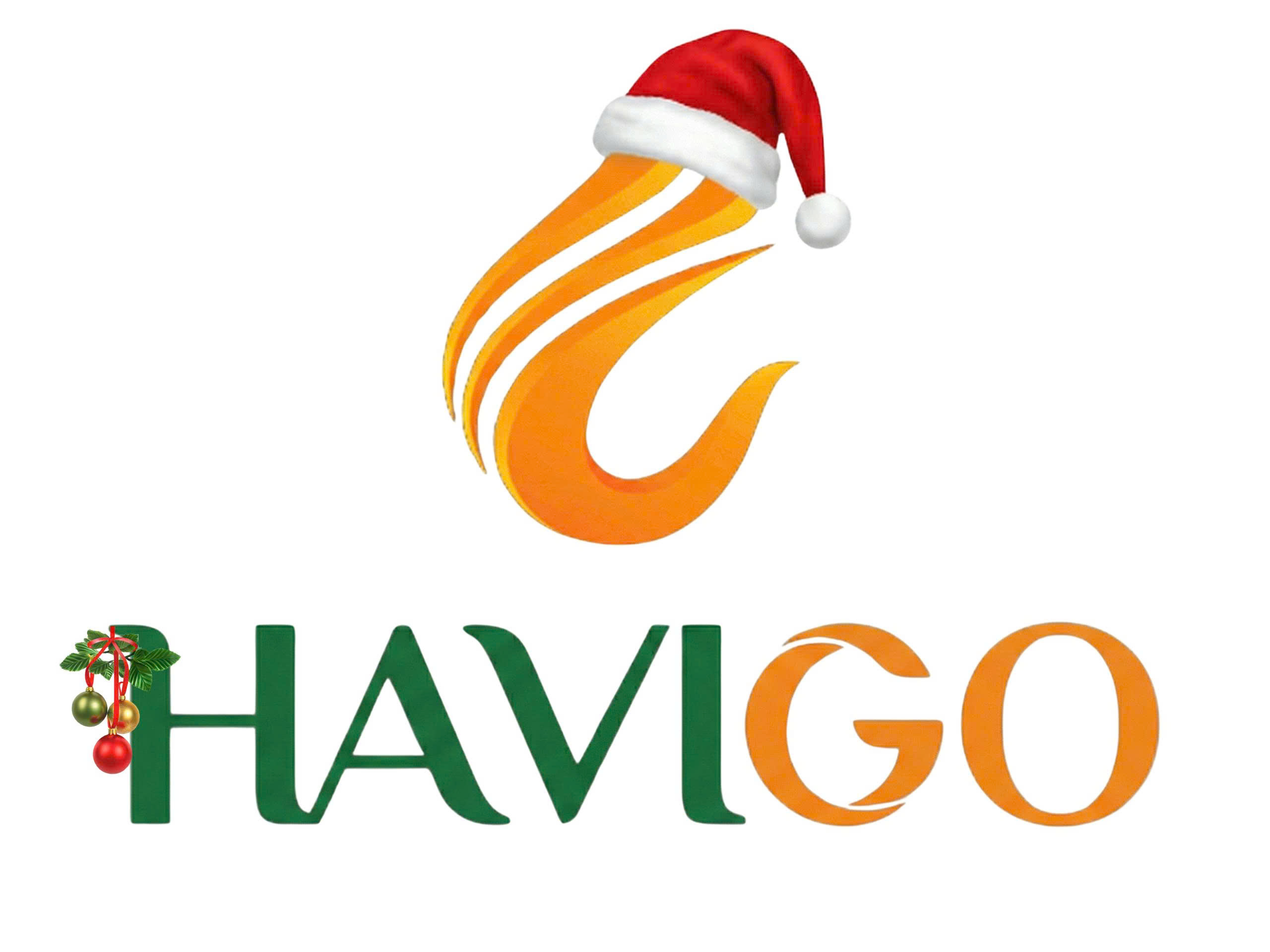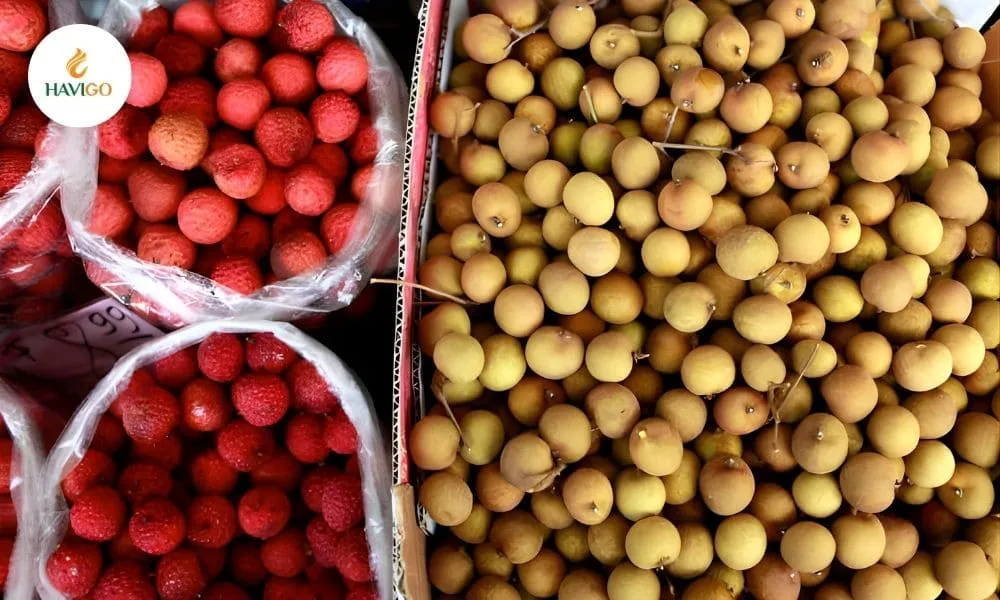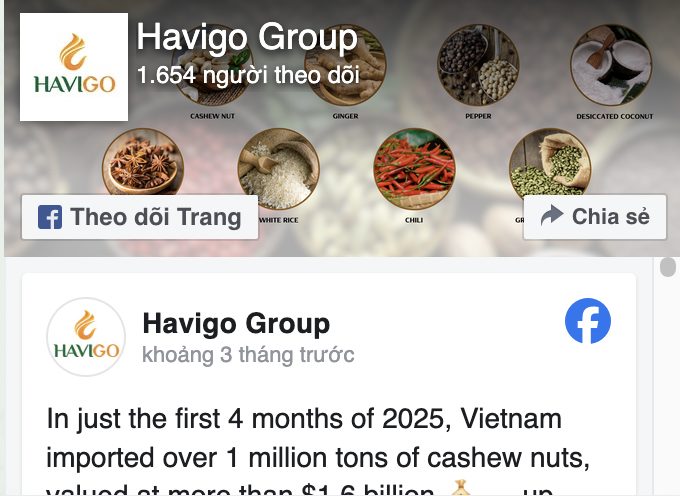To preserve the quality of desiccated coconut for export, the packing of this product is important. Desiccated coconut requires a dry environment to store, therefore, producers focus on using a suitable packaging material for it. This post will show you the packing procedure for desiccated coconut from Vietnam.
1. Packaging material for Desiccated Coconut
The choice of packaging material for desiccated coconut is crucial. It helps to maintain the quality and prevent spoilage during transportation and storage. Common materials that producers use include:
Polyethylene (PE) bags: These are durable, flexible, and moisture-resistant. This makes them a popular choice for bulk packaging.
Laminated pouches: These pouches combine multiple layers of materials. They often include PE, PP, and kraft bags. They provide excellent protection against moisture, oxygen, and light.

Fiber drums: These are sturdy containers made of cardboard or fiberboard. People also line them with plastic bags. They are suitable for large quantities of desiccated coconut.
In case there is no special requirement, producers often pack desiccated coconut with the following method. They pack 50kg of desiccated coconut in the PE bag with 2 layers of kraft bag & PP bag.
2. Packaging weight of a Desiccated Coconut bag
The weight of the packaging can vary depending on factors such as:
- Type of packaging: Bulk packaging in PE bags or fiber drums will generally have a higher weight compared to smaller pouches.
- Packaging size: Larger packages will have a higher weight due to the additional material used.
- Packaging material: The thickness and density of the packaging material will affect its weight.
Common packaging weights:
- PE bags: 25 kg, 50 kg
- Laminated pouches: 500 g, 1 kg, 2 kg
- Fiber drums: 50 kg, 100 kg
Packing process for Desiccated Coconut
The packing process for desiccated coconut contains the following steps:
Filling: The producers fill the desiccated coconut into the packaging material. They ensure the desiccated coconut is evenly distributed and free of any lumps.
Sealing: Then they move to the next step. They seal the packaging tightly to prevent moisture and contaminants from entering.
Labeling: Then, producers label the package with necessary information such as product name, weight, expiration date, and batch number.
Secondary packaging: For bulk shipments, they place packaged desiccated coconut into larger containers or pallets for easier transportation.
Additional considerations:
- Moisture content: Desiccated coconut should have a low moisture content to prevent spoilage.
- Temperature control: The packaging should be stored in a cool, dry place to maintain product quality.
By following these guidelines, exporters can ensure that their desiccated coconut products reach their destination in optimal condition.
About us
Havigo Company Limited operates in the field of agricultural export. We wish to bring high-quality Vietnamese agricultural products such as spices, rice, beans, and fruits… to the world. We supply you with high-quality products at the best price. If you find interested in importing premium-grade Desiccated Coconut from Ben Tre, don’t hesitate to get in touch with us for better support via WhatsApp: +84 979 58 58 56.






